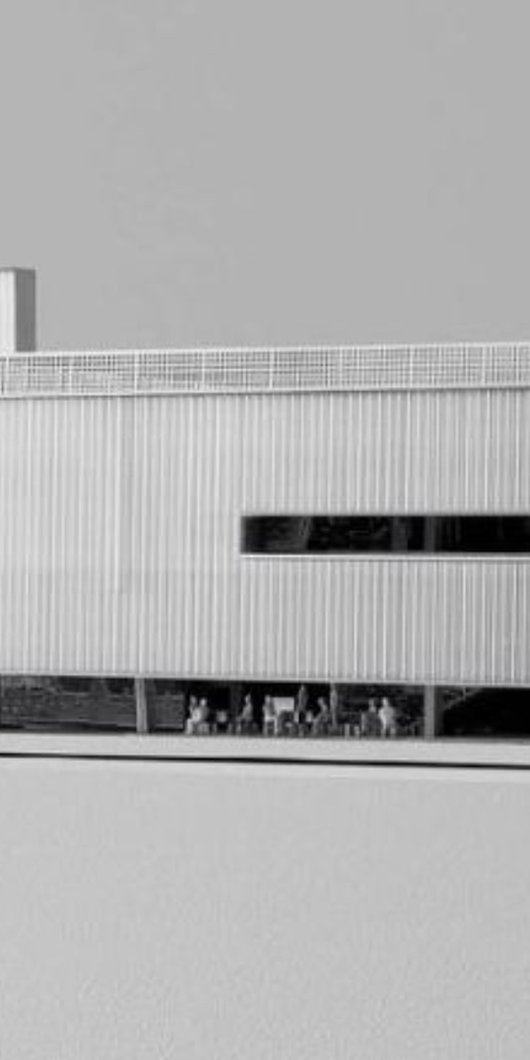Garage Museum of Contemporary Art is one of the most successful contemporary art spaces in Moscow. Tell us more about your vision and the focus of the museum.
In the last four years, we’ve gone through significant structural development at Garage, which you could say is a process of transforming the institution from a platform for new ideas (or receiving house) to a place where people, art and ideas connect to make history (a production house).
In 2010, I invited Anton Belov to be Garage’s director, to spearhead building the Moscow team, as well as oversee the move to Gorky Park. In 2013, we hired Kate Fowle as the first chief curator, and together started to formalise a long-term creative vision for the organisation, which unites education, training, publishing and research programmes with expansive plans for an archive collection, as well as exhibitions of international and Russian art, design and architecture.
As such, Garage is operating much more closely to the privately-funded, publicly-minded model of a museum that we see, for example, in the United States with The Museum of Modern Art, the Whitney Museum of American Art, the Guggenheim, or the New Museum. It is the first philanthropic institution in Russia to create a comprehensive public mandate for contemporary art and culture, which is an interesting proposition to think through when the concept of “public” currently does not imply civic responsibility, nor exist functionally, insofar as there are only “private” or “state” enterprises. Another interesting challenge is that the word for modern and contemporary in Russian is the same, so the very concept of a contemporary museum is not one that is inherent in the language. This means our job is to introduce new models of what an art institution could be, working for local audiences but using an international perspective. Because of this, the creation of the Garage Museum of Contemporary Art also means developing different infrastructural possibilities for culture in the future, including new patronage models that work within the evolving Russian system.
When did your passion for contemporary art begin?
I became interested in contemporary art around the time I was at university. That’s when I really started being drawn to artists and creatives. They had truly unique perspectives. Artists are living inspiration.
What impact do you hope your work will have?
It has become more essential than ever before to provide access to strong education and independent ideas in today’s Moscow. My belief is that contemporary art has the ability to create common ground among people across borders and backgrounds.
Tell us about Garage Magazine. Why art and fashion?
The Garage is a single entity, and both the museum and the magazine are extensions of that idea. We are biannual, and what makes us different from most magazines is the format we adopt, which is slightly larger. This makes it exciting for artists and fashions photographers that we collaborate with.
There has always been an overlap between art and fashion, especially more so in recent years. There are many contemporary fashion designers I would consider artists because of the type of almost architectural garments they make. Technology has been providing a wide range of possibilities for a lot of these designers and allows them to do incredible things on the runway. Every contemporary designer is an artist in a way.

